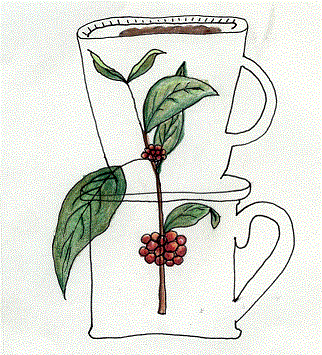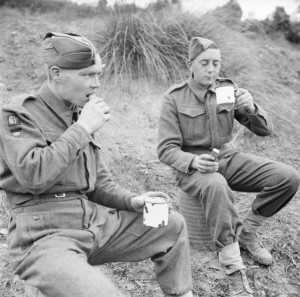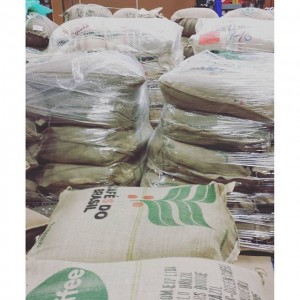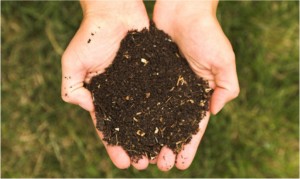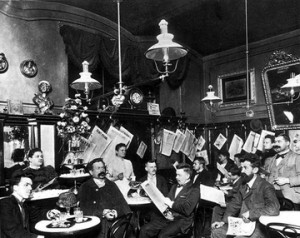Permaculture integrates three priorities: care for the Earth, care for people, and fair share. Once a product becomes a commodity it is subjected to all capitalistic rule and controversy. There are many attempts these days to start deconstructing the unethical framework that revolves around the coffee industry including attempts made by Olympia Coffee Roasters. In their mission statement OCR claims to be a “quality of life” roaster and retailer. One of the biggest impacts they make in terms of embracing their mission is through their direct trade process. Now, considering that coffee is an import and commodity, and that this won’t change anytime soon, applying direct trade practice is the first step to take in terms of fair share practices and caring for the people. In an article entitled “Coffee with a Conscience” direct trade “seeks to provide fair prices for small farmers and encourages them to sustainable, ecologically responsible practices.” Efforts are being made with big corporations like IKEA and Mcdonalds to shift to more sustainable coffee sourcing but the standards can often be skewed when corporations like these intend to simply build their brand reputation.
If coffee was produced and consumed in a complete permaculture realm, ideally it wouldn’t be consumed far from where it was grown. Julianna Fox, author of sustainable revolution believes “A sacred way of life connects us to the people and places around us. That means that a sacred economy must be in large part a local economy, in which we have multidimensional, personal relationships with the land and people who meet our needs, and whose needs are met in turn.” With our complex coffee supply chain and existing history in commodity markets, as consumers we are largely disconnected from our coffee suppliers. So the bigger question is do we have that multidimensional, personal relationship with land and people who provided us with the beans used to make our morning cup of joe?
Written by Valerie, Ashley
